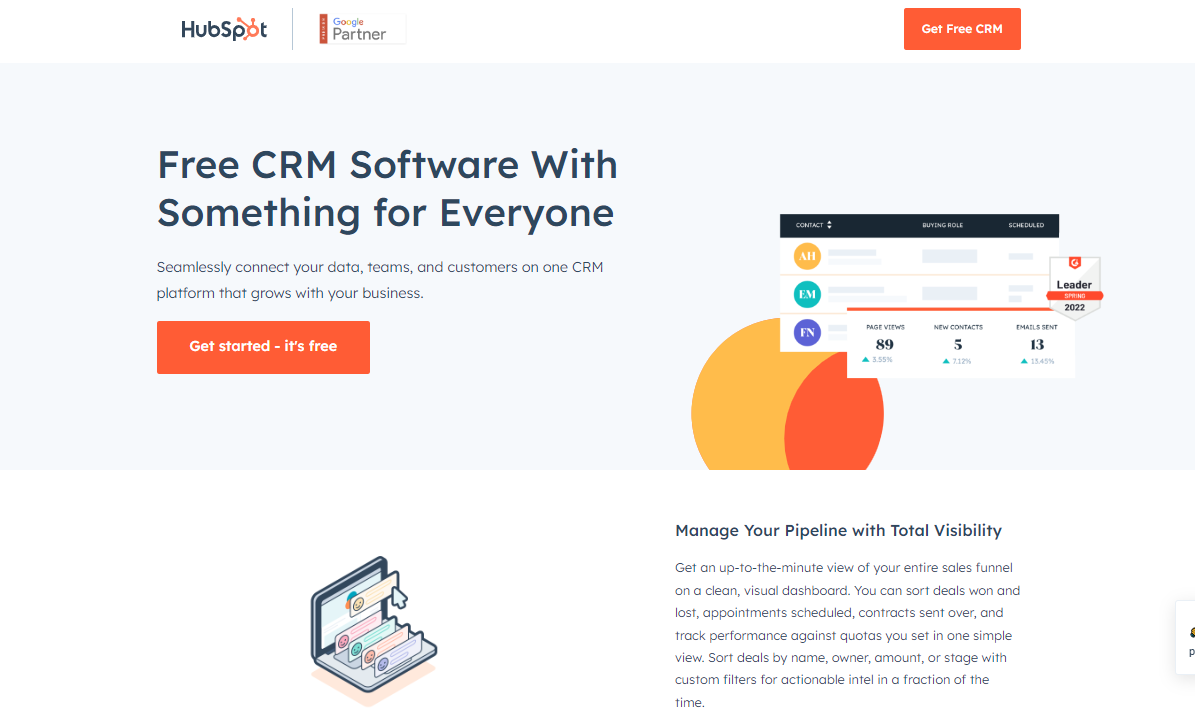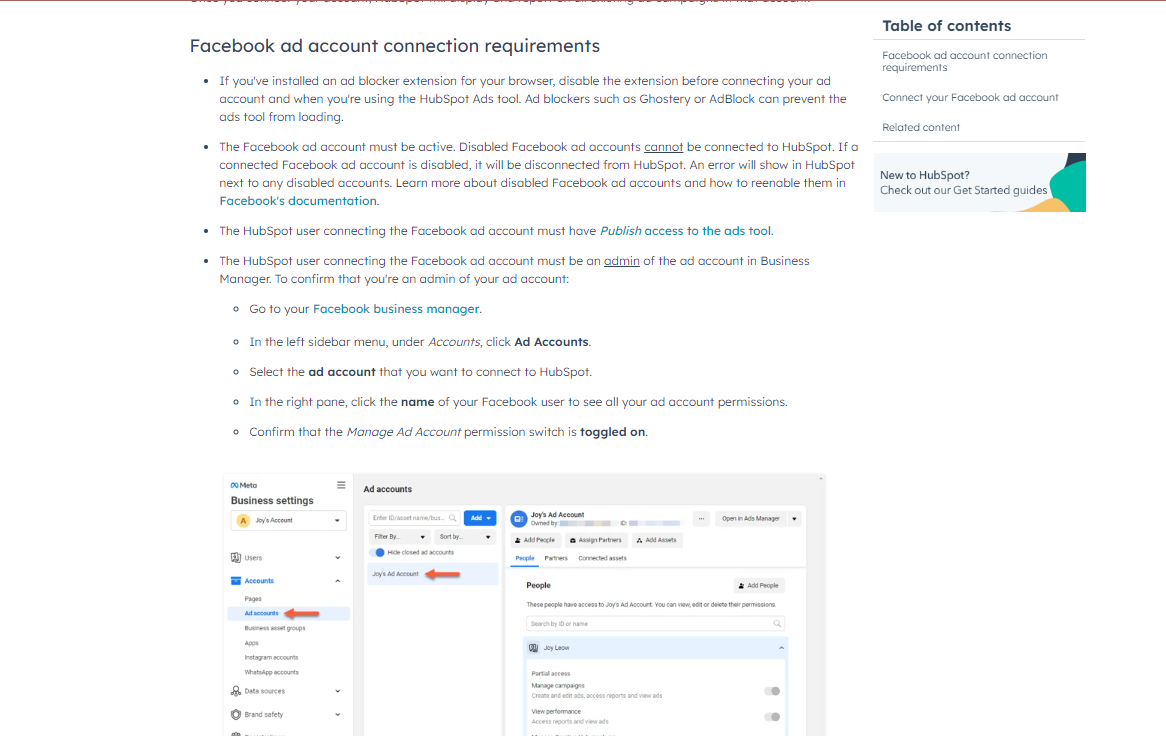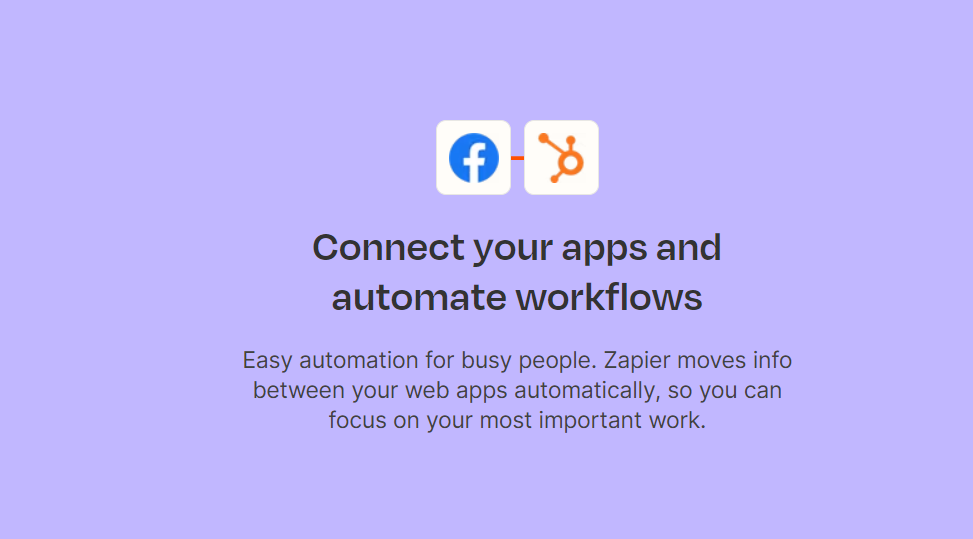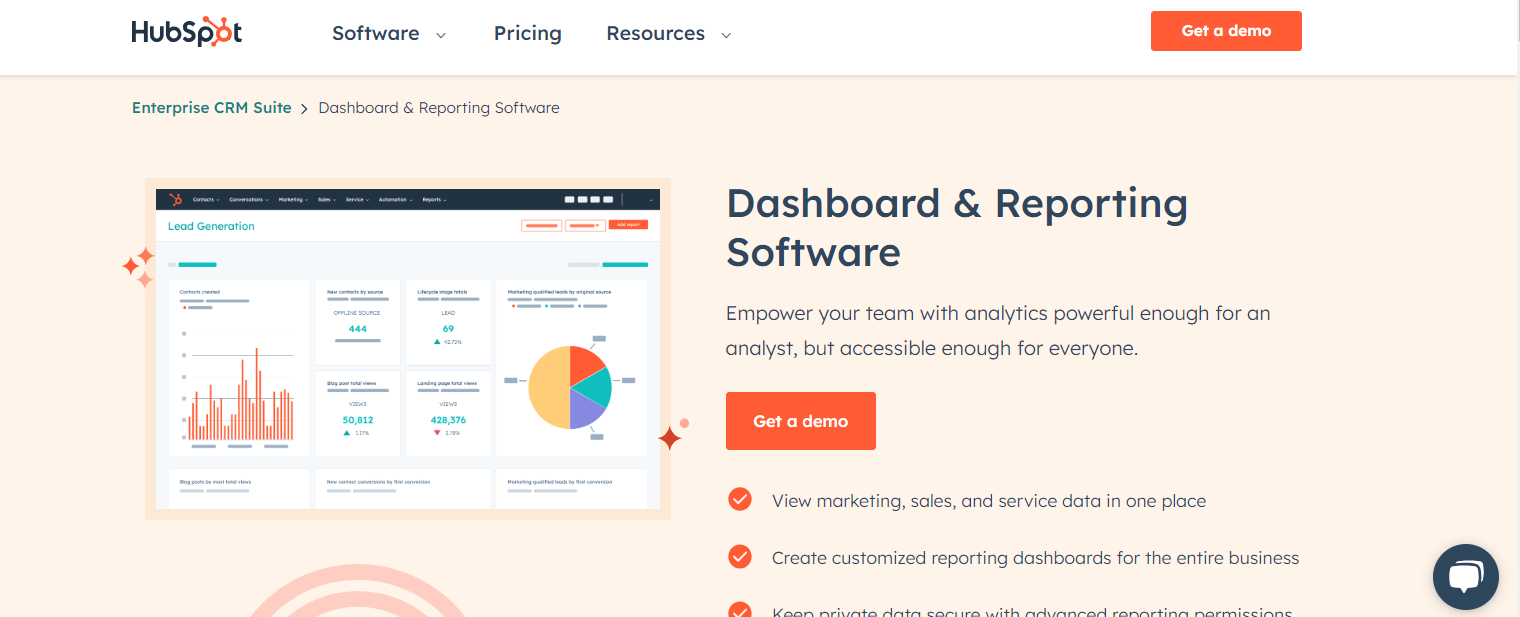Understanding the Power of Integrating HubSpot CRM with Facebook

Harnessing the capabilities of HubSpot CRM and Facebook together presents businesses with a wealth of opportunities. By integrating these two powerful platforms, businesses can enhance their marketing strategies, streamline processes, and ultimately, foster growth and profitability.
What is HubSpot CRM and Its Benefits?

Definition and Functionality of HubSpot CRM
HubSpot CRM is a dynamic and robust platform that helps businesses manage their customer relationships effectively. It assists in organizing, tracking, and nurturing leads and customers. The platform allows businesses to store customer contact details, track interactions and transactions, automate marketing and sales tasks, and analyze business performance.
Why Businesses Use HubSpot CRM?
Businesses use HubSpot CRM because it simplifies their processes and allows them to focus on what matters most – building and nurturing customer relationships. It brings clarity and efficiency to sales processes, increases productivity, enhances customer communication, and provides valuable insights that aid in decision-making.
The Role of Facebook in Marketing and CRM Integration

Facebook plays a crucial role in digital marketing due to its vast user base and advanced marketing capabilities. Businesses can reach a larger audience, enhance brand visibility, generate leads, and convert users into customers. It also provides tools for businesses to target ads to specific demographics, monitor ad performance, and engage with customers.
Why Integration with CRM is Essential
Integrating Facebook with a CRM system like HubSpot enables businesses to streamline their marketing efforts. It facilitates the automatic syncing of leads from Facebook ads into the CRM, allowing for easier tracking and nurturing. This integration also allows for comprehensive analytics, enabling businesses to measure and optimize the performance of their Facebook campaigns.
How To Integrate HubSpot CRM Into Facebook?

Set Up and Understand Your HubSpot CRM Account
Before integration, ensure that your HubSpot CRM account is set up and ready. Familiarize yourself with the features and functions of HubSpot CRM. If your account is new, complete the onboarding process, which includes adding your company and user details.
Set Up and Customize Your Facebook Business Manager Account
Likewise, ensure your Facebook Business Manager account is well-structured. This includes setting up your business details, linking your Facebook page, and understanding how to navigate through Facebook’s ad manager tools.
Step-by-Step Guide to Integrating HubSpot CRM with Facebook

#1 Accessing the Integrations Option on HubSpot
To start the integration process, log into your HubSpot CRM account and navigate to the “Integrations” section, which can be found in the main settings.
#2 Adding Facebook as an Integration on HubSpot
Once in the Integrations section, search for Facebook and select “Connect app”. This will initiate the integration process.
#3 Connecting Your Facebook Account with HubSpot CRM
After clicking on “Connect app”, you’ll be redirected to a login page for Facebook. Enter your credentials and grant the necessary permissions for HubSpot to access your Facebook Business Manager account.
#4 Customizing Settings for Your Facebook Integration
Following successful connection, customize your integration settings according to your needs. This includes selecting which Facebook ad accounts and pages to sync with HubSpot, configuring lead syncing, and choosing contact list segmentation.
Ensuring a Successful Integration: Best Practices

Regularly Update and Manage Your Integration
To ensure optimal performance, regularly check and update your integration settings. This will help maintain data accuracy and ensure that the integration remains relevant as your business needs evolve.
Monitor the Performance of Your Facebook Ads Through HubSpot
Use HubSpot’s reporting and analytics tools to monitor the performance of your Facebook ads. This includes tracking key metrics such as click-through rates, conversions, and cost per action. Regularly reviewing these metrics can help you optimize your ad campaigns for better results.
Making the Best Use of the Integration in Your Marketing Strategy
Incorporate the integration into your overall marketing strategy. This can involve using HubSpot to automate your Facebook ad campaigns, leveraging HubSpot’s analytics tools to gain insights into customer behavior, and using these insights to inform your Facebook marketing decisions.
Maximizing the Potential of Your HubSpot CRM and Facebook Integration

How to Create Facebook Ads through HubSpot CRM
With the HubSpot and Facebook integration, you can directly create and manage Facebook ads within HubSpot. Navigate to the marketing section of your HubSpot dashboard, select “social”, then “Facebook ads”. From here, you can choose to create a new ad or manage existing ones.
Advantages of Managing Facebook Ads via HubSpot
Managing your Facebook ads via HubSpot offers several benefits. Firstly, it simplifies your ad management process by allowing you to manage all your ads in one place. Secondly, it allows you to sync your Facebook leads with your HubSpot CRM automatically, making it easier to track and nurture these leads. Lastly, it enables you to use HubSpot’s analytics tools to gain deeper insights into your ad performance.
Customer Behavior with HubSpot CRM’s Analytics
HubSpot CRM’s analytics features provide a comprehensive view of your customer behavior. This includes data on customer interactions, engagement, conversions, and more. These analytics can help you understand your customers’ needs, preferences, and behaviors, enabling you to make data-driven decisions.

Benefits of Using Analytics in Understanding Your Audience on Facebook
By integrating HubSpot CRM with Facebook, you can leverage HubSpot’s analytics capabilities to gain insights into your Facebook audience. This can help you understand which types of content resonate with your audience, the best times to post, and how your audience engages with your ads. These insights can inform your Facebook marketing strategy and help you optimize your ad campaigns for better engagement and conversions.
Conclusion

Integrating HubSpot CRM with Facebook holds significant benefits for businesses. It simplifies processes, enhances marketing strategies, and enables businesses to make data-driven decisions. By understanding and leveraging this integration, businesses can maximize their marketing effectiveness and ultimately, drive growth and profitability. As technology advances, we can anticipate more sophisticated and seamless integration features, further enhancing the potential of HubSpot and Facebook in business growth.
By leveraging the power of Ubique Digital Solutions, a leading provider of digital marketing services, you can take your business to new heights of success. Their expertise in seamlessly integrating HubSpot CRM with Facebook’s advertising and analytics tools will enable you to optimize your marketing campaigns, gain valuable insights, and drive higher conversions. Don’t miss out on this opportunity to unlock the full potential of your business. Contact Ubique Digital Solutions today and partner with them to propel your business toward greater success. Boost your business to new heights by following this call to action and partnering with Ubique Digital Solutions.
FAQs
Q: What are some common issues in integrating HubSpot CRM with Facebook, and how can they be resolved?
Common issues in integrating HubSpot CRM with Facebook may include issues with data synchronization, missing or incorrect data, and troubleshooting API connections. These can be resolved by ensuring proper configuration and mapping of fields, verifying permissions and access tokens, and reaching out to HubSpot and Facebook support for assistance.
Q: Can you integrate multiple Facebook accounts with a single HubSpot CRM?
Yes, you can integrate multiple Facebook accounts with a single HubSpot CRM. By connecting each Facebook account to HubSpot and configuring the integration settings, you can manage multiple accounts and access their respective data within the CRM.
Q: How can you track the success of your Facebook ad campaigns through HubSpot CRM?
To track the success of your Facebook ad campaigns through HubSpot CRM, you can utilize the Facebook Ads integration features. By setting up tracking pixels and events in Facebook, you can capture data on ad clicks, conversions, and other metrics. This data can then be synced with HubSpot CRM, allowing you to analyze campaign performance, attribute leads, and customers, and measure ROI.
Q: What data can be shared between HubSpot CRM and Facebook?
Several types of data can be shared between HubSpot CRM and Facebook. This includes contact information such as names, email addresses, and phone numbers, as well as engagement data like ad clicks, form submissions, and conversion events. Additionally, you can sync custom properties, campaign data, and other relevant information to enhance your marketing and sales efforts.
Q: How does the integration affect the privacy of user data?
The integration between HubSpot CRM and Facebook should be implemented with consideration for privacy regulations and user consent. Both platforms have privacy policies and settings that allow users to control their data. It is important to comply with data protection laws, provide transparent information to users about data sharing, and obtain appropriate consent when necessary. By following privacy best practices and configuring the integration settings accordingly, you can ensure the protection and privacy of user data.







